Robotics & Drones

Radiation-Detecting Drone Soars Over Portsmouth for Collaborative Testing
The Portsmouth Nuclear Site collaborated with the Ohio Department of Health on experimenting radioactive source material inspections with drones. The objectives of the test was to develop procedures and policies as well as collect data to evaluate drones in cleanup tasks.
Read more in the US Department of Energy's news center
Award winning nuclear drone team are flying high
The Sellafield's Unmanned Aerial Vehicles team won the United Kingdom's Nuclear Manufacturing Award that was presented first time ever in October. The team has introduced drones for remote monitoring and inspection in several nuclear sites around the United Kingdom.
Read more in GOV.UK
Potential use of robotic systems in the geological disposal facility
Report by the United Kingdom's Committee on Radioactive Waste Management discusses opportunities and challenges of robotic and autonomous systems in geological disposal facilities. It also gives several recommendations such as considering Sellafield as a test site.
Read more in GOV.UK
Walking robot tested in Finnish repository
The four-legged robot developed by ANYbotics was tested in the Finnish spent nuclear fuel repository Onkalo. The objectives of the test were to study how far the robot can travel with a single charge and if there are any areas where the robot cannot access.
Read more in World Nuclear News
Robot navigates Dounreay evaporator cell
The Spot robot dog developed by Boston Dynamics was utilized at the Dounreay nuclear site in the United Kingdom. The mission had two objectives: collect three-dimensional radiation data in the evaporator cell for decommissioning purposes and gain experience on using the robot at the nuclear site.
Read more in World Nuclear News
Jacobs to procure manipulator robots for NNL
The engineering company Jacobs will provide 100 robots to the United Kingdom's National Nuclear Laboratory. The remotely working robots are used to handle radioactive material in National Nuclear Laboratory's Windscale Laboratory in West Cumbria.
Read more in Nuclear Engineering International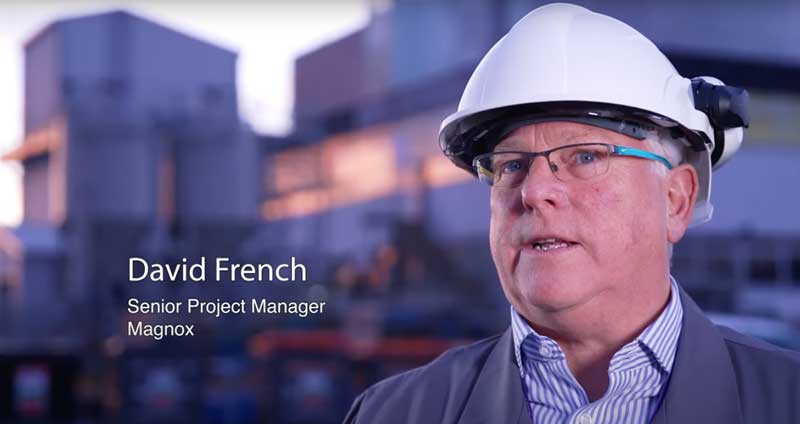
Unleashing Autonomy: The Future of Radiation Mapping in Nuclear Environments
In the United Kingdom, Magnox Ltd, Createc and Leica Geosystems partnered together to dismantle nuclear reactors. They assembled a laser scanner into robot dog Spot, which can now create radiation mapping and 3D scanning remotely for nuclear decommissioning planning.
Watch video in YouTube
Magics LANCER II robotic manipulator leverages on ITER-related radiation resistant microchips for easy and reliable nuclear power plant inspection
The Croatian Institute for Nuclear Technology developed a radiation-resistant robot for pressure vessel inspections. They also co-operated with Magics Technologies to develop a reliable microchip for high radiation environments.
Read more in Magics Technologies' news center
Robot dogs assist with Scotland’s largest nuclear clean-up and demolition
Several robot dog Spots have been deployed to Dounreay nuclear site in Scotland. During the next 12 months, seven different use cases on remote operated vehicles are investigated at the site.
Read more in Build in Digital
Drones Fly Low and Slow for Radiation Detection
Detecting low levels of radiaton requires drones flying at low altitude at slow speed. Researchers at Pacific Northwest National Laboratory conducted a proof of concept study on using drones to detect low levels of radiation that could appear for example in nuclear decommissioning sites.
Read more in Pacific Northwest National Laboratory's news center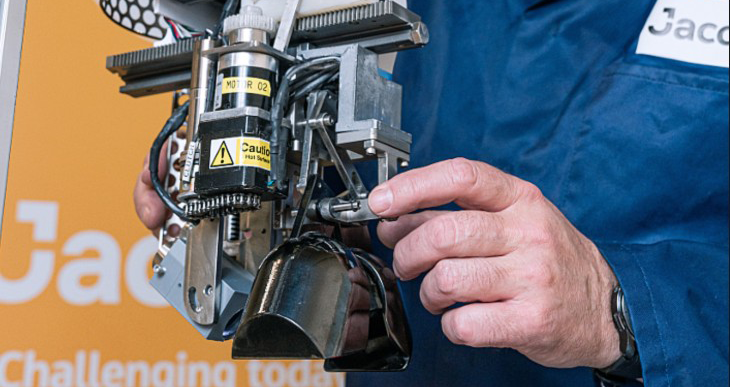
Jacobs and Manchester University collaborate on robotics research centre
The University of Manchester, engineering company Jacobs and UK Engineering and Physical Sciences Research Council's Prosperity Partnerships programme are investigating 11 million dollars to robotics research centre called CRADLE. The new centre will deploy robotic solutions for demanding areas such as nuclear decommissioning sites.
Read more in World Nuclear News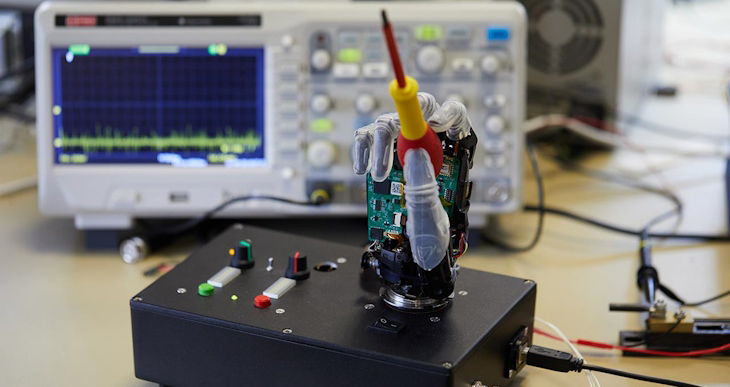
Robotic hand offers innovative nuclear solution
Engineering companies Atkins and COVVI Robotics are developing a robotic solution in which a bionic hand produced by COVVI Robotics is going to be integrated with a robotic arm used by Atkins. The new solution would increase dexterity in handling nuclear material in gloveboxes as well as decreasing the need for human operators to handle dangerous material.
Read more in World Nuclear News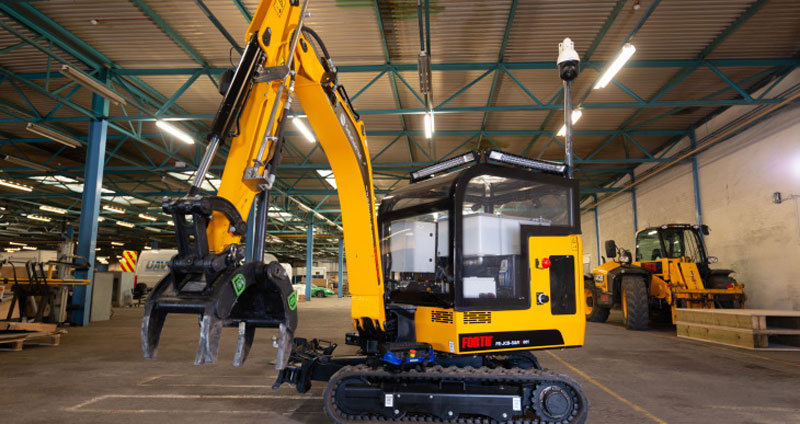
Emergency-use robot trialled at Sellafield
The Rescue Robot built on an excavator platform developed by the British company Forth has been tested at Sellafield nuclear site. The remotely operated Rescue Robot is capable to clear its way in hazardous environments with its grapple hook and it also includes tools to disperse radioactive spillages.
Read more in World Nuclear News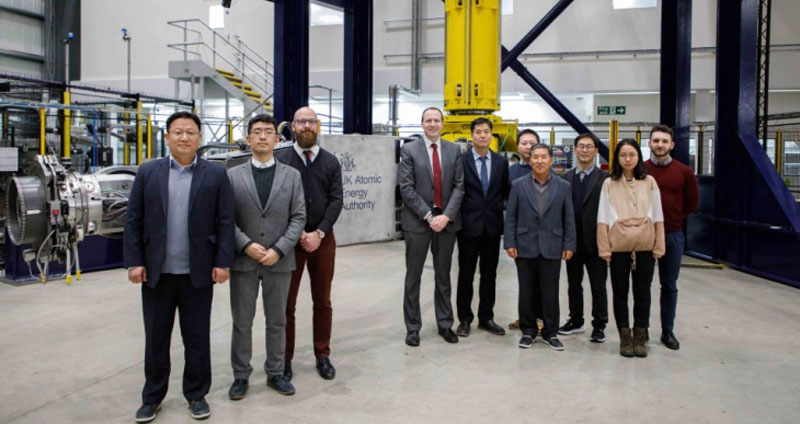
British-Korean partnership for fusion robotics
The United Kingdom Atomic Energy Authority and the Korea Institute of Fusion Energy have agreed to collaborate in research for robotic systems for nuclear fusion power plants. The cooperation includes information sharing, lectures, seminars, and workshops.
Read more in World Nuclear News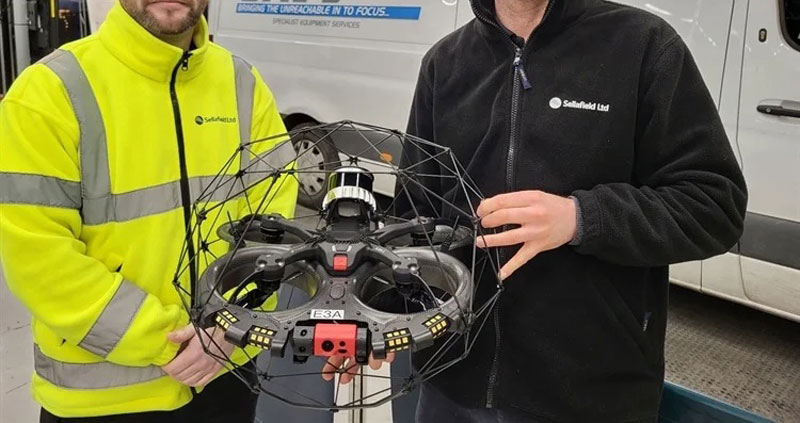
Sellafield Drone Team to Carry Out UK Technology First
Engineers at Sellafield nuclear site are flying Flyability's Elios 3 indoor inspection drone at their site. The drone is equipped with lidar sensors which can be used to create 3D mappings. This is the first time when such kind of technology is used in the nuclear site in the United Kingdom.
Read more in AZoRobotics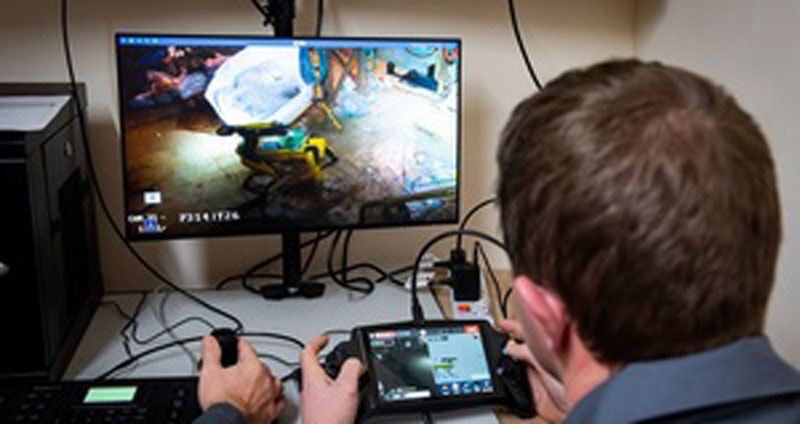
Sellafield robotics: Using spot more for spotless nuclear clean-up
The robot dog Spot has found its place in the Sellafield facility. The Spot has inspected active areas without the need for humans to enter the hazardous zones. According to Sellafield Ltd, the Spot has accelerated clean-up work by enabling to start tasks originally planned to start at the late 2020s.
Read more in gov.uk news center
Seal of approval for nuclear robotic welding
The final welding of the lid to the nuclear waste transport container must be done remotely with high quality requirements. The engineering company Jacobs and the expert welding company Langfields developed a robotic solution called TANICS, that can perform final welding for nuclear waste containers.
Read more in Nuclear Engineering International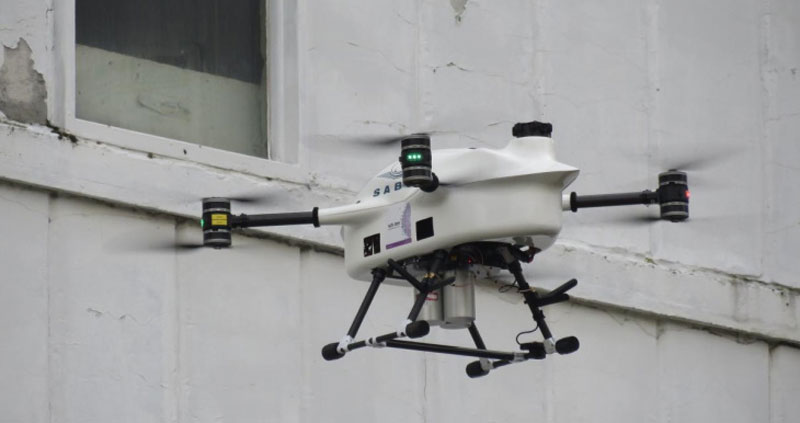
Radiation detection drones tested at Belgian site
Experts from Belgian Nuclear Research Centre and Canadian Nuclear Laboratories have conducted experiments to measure radiation from plume sources by drone flights. The experiments were located at the Belgian Reactor 1 research reactor and more test flights will be done in the future.
Read more in World Nuclear News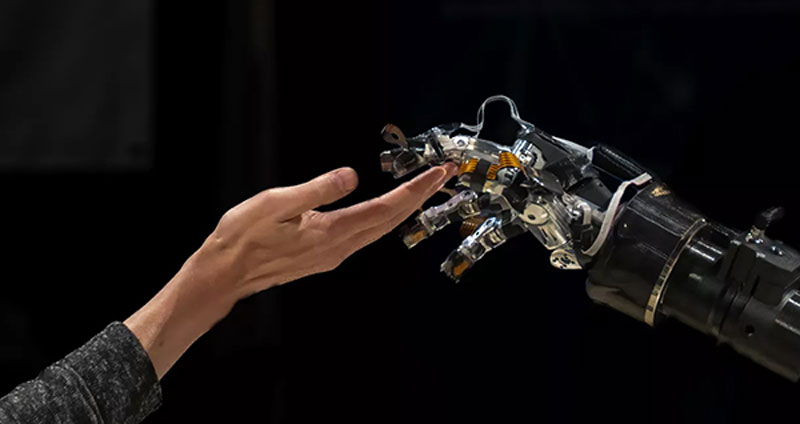
Robotics project to support safe decommissioning
Description automatically generated Nuclear Advanced Manufacturing Research Centre and software company BOW are developing a robotic solution for decommissioning nuclear sites. Their solution includes telexistence, which enables users feeling of presence in the remote environment while interacting remotely with the environment.
Read more in Nuclear AMRC’s news center
Using AI in nuclear decommissioning
Decommissioning legacy nuclear sites is challenging for humans, but robots can assist in the decommissioning job. A robot called Lyra, that was named as one of the Best Inventions of 2022 by Time magazine, was developed in the University of Manchester and deployed to the Dounreay nuclear site in the United Kingdom for decommissioning tasks.
Read more in Nuclear Engineering International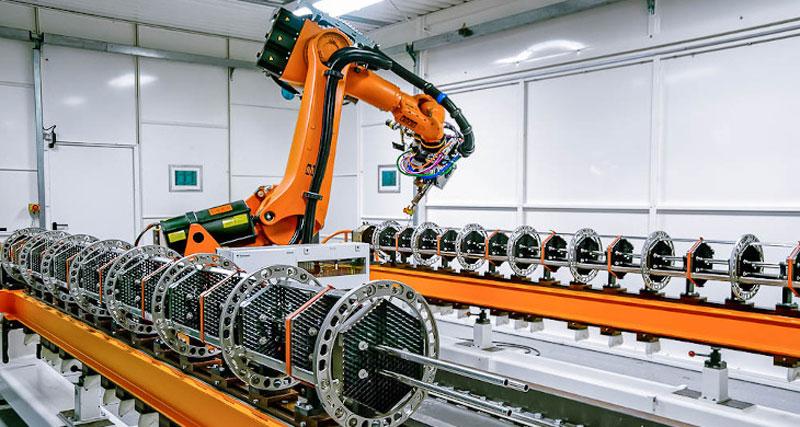
Robots to be used in trials for REMIX fuel
Russian nuclear fuel producer TVEL is launching a pilot to manufacture new TVS-5 nuclear fuel assemblies by using robots without any human operation. The first three fuel assemblies are planned to be installed in the Novovoronezh-II power plant.
Read more in World Nuclear News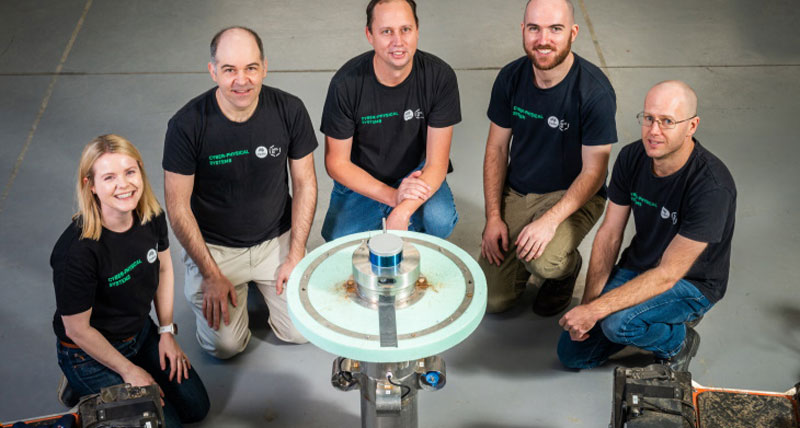
Robot developed to assist verification of used fuel
Australian National Science Agency CSIRO, Hungarian robotics company Datastart, and International Atomic Energy Agency have developed a robot, which is able to travel in a used nuclear fuel storage pond and analyze nuclear fuel assembly positions. It also detects unique signatures of fuel assemblies thus allowing it to detect any illegal shift of fuel assemblies.
Read more in World Nuclear News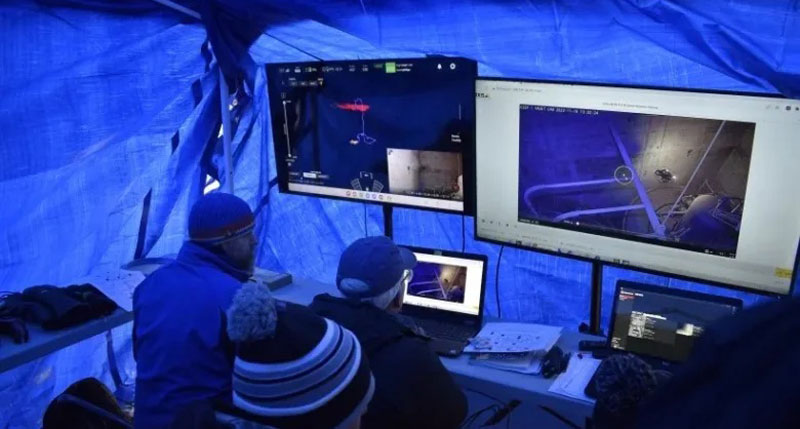
U.S. Department of Energy Uses Drone for 3D Mapping of Radioactive Waste Vault
A radioactive waste storage has stood at Idaho National Laboratory Site for decades but it was decided to remove the waste a few years ago. During the project, an indoor drone was used to produce 3D mapping from the storage.
Read more in FM Industry Watch video in YouTube
Inside the tech that could speed up the nuclear fusion quest to harness limitless energy
As nuclear fusion research sites scale up in the future, there are locations that are too dangerous for humans. However, autonomous as well as remotely controlled robots can handle those jobs.
Read more in Daily Express
Drones Help Central Asia Deal with Legacy Radiation
Abandoned uranium processing sites are environmental challenge in Kyrgyzstan. The International Atomic Energy Agency has participated in a project that utilizes drones in monitoring and finding unknown radioactive hotspots.
Watch a video in IAEA videos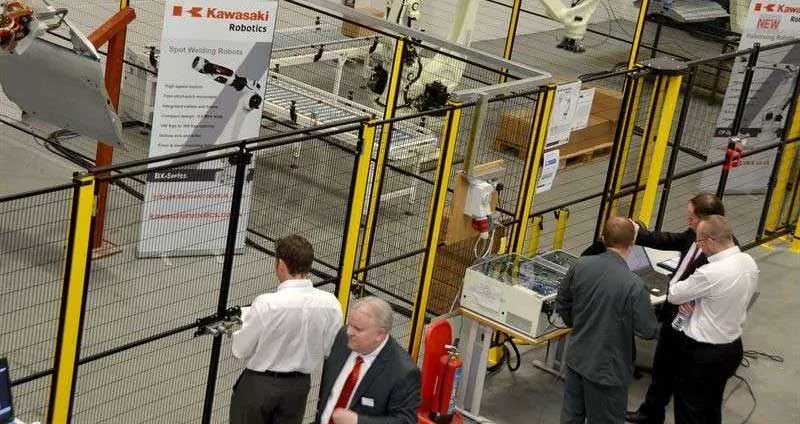
Robots developed to help nuclear waste categorization
There is a massive amount of nuclear waste to be handled in the United Kingdom. Delkia and Kawasaki are developing a robotic solution for dismantling and categorizing the waste thus avoiding a direct human contact with dangerous nuclear waste.
Read more in Smart Futures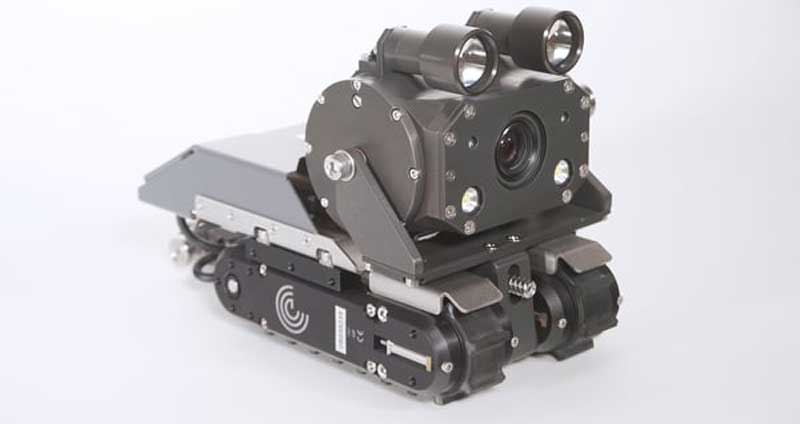
The Remotely Operated Robotic Crawler Solution for Confined Space Inspections in Nuclear Power Plants
Robots are useful in hazardous places in which humans cannot operate. Eddyfi Technologies lists multiple use cases on how their robotic solutions are being utilized in nuclear power plants.
Read more in Eddyfi’s blog post
Drones to map Idaho high-level waste store
During the Calcine Retrieval Project at Idaho National Laboratory, calcine, a dry granular waste, is retrieved from storage bins in a waste storage vault. Environment inside the vault is challenging for humans, and therefore a drone will be utilized to map the vault. Project engineers have completed the first training to fly a drone.
Read more in World Nuclear News
Robotics specialists share their ongoing projects
Framatome has built the Center of Excellence in Robotics recently to strengthen its position in the area. Now Framatome has interviewed three of its experts to share their background, achievements and current projects in robotics. December 2021
Read more in Framatome’s media center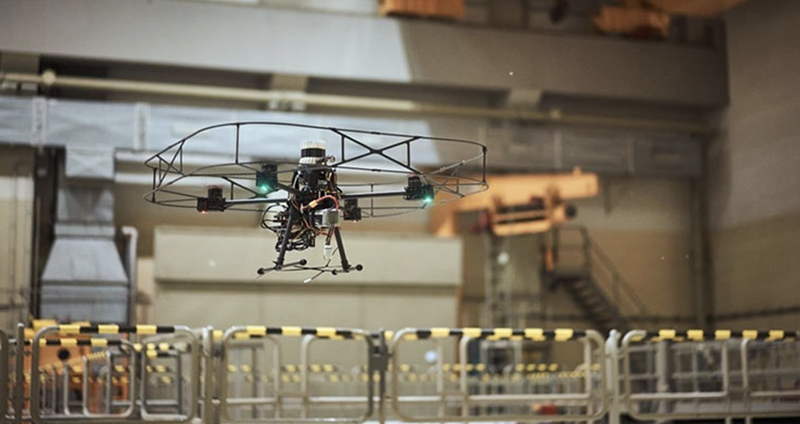
SwRI demos drone autonomy inside nuclear power plant
The third European Robotics Hackathon, EnRicH 2021, was held in the last October at the Zwentendorf Nuclear Power Plant, the world’s only nuclear power plant that was completely built but never entered into service. In the hackathon, there were three different categories, where participants demonstrated how their drone solutions survive in different tasks. A drone developed by The Southwest Research Institute won an award for UAV mapping. December 2021
Read more in The Robot Report
Measuring the Value of Safety: How Drones Are Making Work Safer in the Nuclear Sector
Safety can be increased in nuclear industry when utilizing drones, but which kind of safety benefits the solutions offer and, especially, can safety increase be measured? Flyability, a company building drone solutions, explains how they have seen safety increase in their cases. December 2021
Read more in Commercial UAV News
'Telexistence' contest for UK nuclear decommissioning
Telexistence, defined as a combination of telepresence and teleoperation, is to perform remote operation tasks while having a feeling of existence in the remote environment at the same time. Nuclear Decommissioning Authority and Defense Science and Technology Laboratory from the United Kingdom are organizing a competition concerning of telexistence in nuclear decommissioning. Deadline for an entry is 6.4.2022. February 2022
Read more in World Nuclear News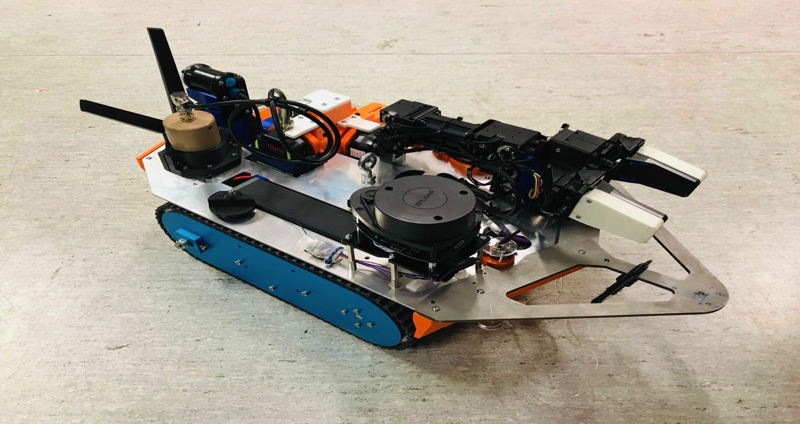
A robot called Lyra is helping transform nuclear infrastructure inspection
In the United Kingdom, the RAIN Hub consortium developed a survey robot to collect information for decommissioning purposes. The robot was tested in an underfloor ventilation duct where the robot mapped radioactive materials. The data will be utilized in decision making on how the duct should be decommissioned.
Read more in the University of Manchester’s news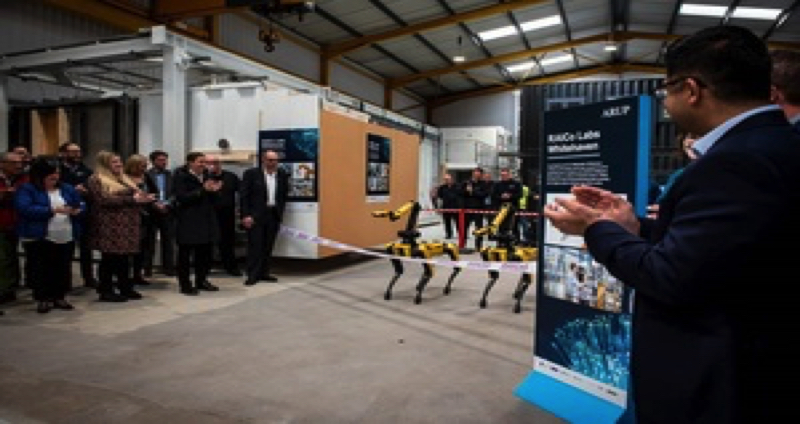
New robotics hub opens in West Cumbria
A group of British nuclear companies, research institutes and public authorities opened a collaboration hub for robotics and artificial intelligence in nuclear. The RAICo1 center offers facilities for its stakeholders to develop robotic technology needed in decommissioning work.
Read more in GOV.UK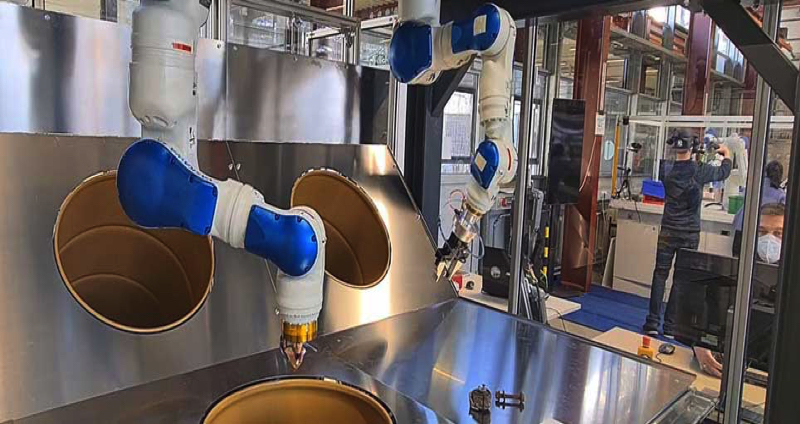
Innovative robotics for radwaste management
In German, The University of Erlangen–Nuremberg and Aachen Institute for Nuclear Training are developing a robot for sorting radioactive waste. The robot will disassemble the waste into parts and sorts them based on the dose rate of the parts, thus achieving optimized volume needed for high dose rate waste storage.
Read more in Nuclear Engineering International
Monitoring drone developments in the nuclear sector
During the last years, drones have appeared in nuclear industry. The article reviews multiple scenarios having drones utilized in nuclear sites or environment radiation monitoring.
Read more in Nuclear Engineering International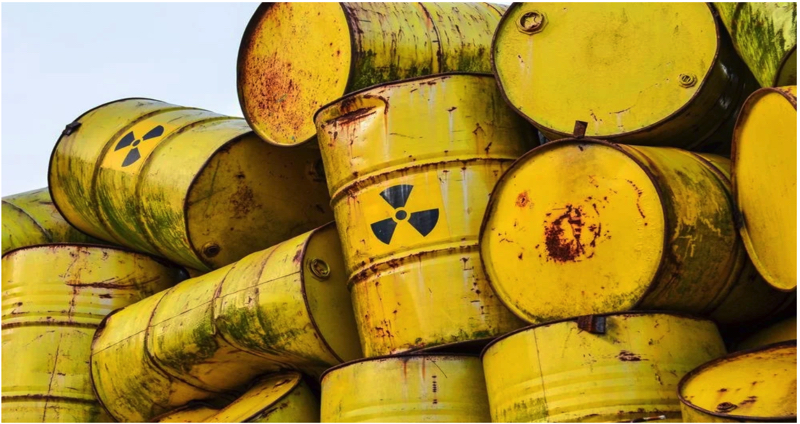
Robotics in Nuclear Environments; Clean-Up and Waste Disposal
Nuclear power plants are extremely complicated systems, radiation of nuclear fuel makes the material difficult to handle and accidents may have severe impacts to humans and environment. How robots could assist with those kind of issues in nuclear sites?
Read more in AZoRoboticsSubscribe to news!
Want to receive the newsletter directly to your inbox? Register here!